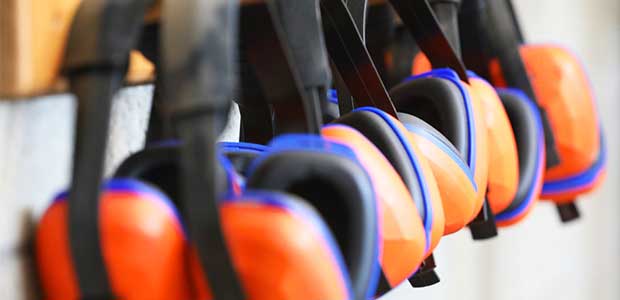
New Regional Emphasis Program to Protect Workers from Hazardous Noise Levels
An OSHA initiative seeks to protect Midwest workers from hazardous noise and permanent hearing loss.
A shocking statistic from the Bureau of Labor Statistics shows that more than one in 10 people endure workplace noise levels loud enough to damage their hearing while seven in 10 experience moderately loud levels. Despite the considerable damage these noise levels can cause a worker, the Bureau found that nearly half the nation’s workers reported not wearing their PPE to protect their hearing.
It is clear that work must be done to both address the workplace hazards and educate employers and employees on the effects of hazardous noise levels. The Occupational Safety and Health Administration is doing just that with a new Regional Emphasis Program that hopes to target inspections of general industry and construction industry workplaces at high risk of noise exposures to raise awareness among Kansas, Missouri, and Nebraska employers of noise hazards and required safety measures.
“Hearing conservation programs are designed to protect workers’ hearing and prevent irreversible hearing loss. These programs also provide employers and workers with the knowledge and equipment to control and reduce their exposure to noise,” said OSHA Acting Regional Administrator Steven J. Kaplan in Kansas City, Missouri in a press release. “Our Regional Emphasis Program has an outreach phase that encourages employers to address and correct hazards, followed by targeted inspections to ensure employers are taking necessary steps to reduce noise hazards and prevent injuries to their workers.”
In its standards, OSHA requires employers to implement a hearing conservation program that addresses hazardous noise and seeks to protect workers who may be exposed to noise that reaches or exceeds 85 decibels over eight working hours.
In the REP’s initial phase, OSHA will send information to employers, professional associations, local safety councils, apprenticeship programs, local hospitals and occupational health clinics. The REP will also encourage employers to use OSHA’s free consultation services to help them implement noise safety strategies and ensure compliance with OSHA standards.